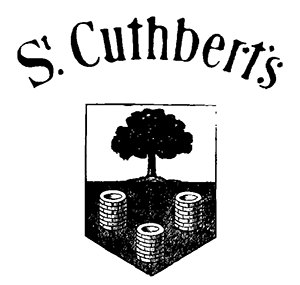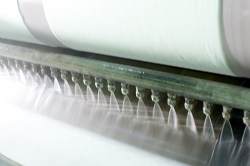St Cuthberts Mill Paper
Call or email:
+44 (0)1749 672015
sales@stcuthbertsmill.com
St Cuthberts Mill Paper
Watercolour
Printmaking
Digital Fine Art

What is Mould Made?
Mould made papers simulate handmade paper in a mechanised process. These papers can be mistaken for handmade, but there are distinct differences.
The mould is not held by the hand; instead it’s replaced by a slowly rotating cylinder mould, which picks up the paper stock from the vat. The paper is then deposited onto a continuously moving woollen felt.
Mould made paper combines the consistent quality of machine made (fourdrinier) papers, but with the individual character of handmade papers. They are of particular interest to artists because of their superior surface stability and beautiful surface texture. Mould made papers won't easily tear, because the fibres lie randomly across the sheet, whereas, the fibres in fourdrinier papers tend to lie in one direction (the machine direction), making the sheet weak in this area. This is why you can tear newsprint in one direction, creating clean torn lines, but not in the other direction.
Depending on the grade of paper, one of the characteristics of mould made paper are the clear watermarks and stunning deckle edges. All St Cuthberts Mill artist papers are mould made.
'Felt' and 'Mould' Sides of the Paper
All paper has two distinctly different sides. With mould made paper they are called the 'felt' and 'mould' sides. The 'felt' side relates to the top side of the paper, and gets its name because it touches the natural woollen felt first during manufacture. The 'mould' side, in contrast, is the side that is in contact with the wire mesh of the cylinder mould that rotates inside the vat of pulp. The 'felt' side is considered superior to the 'mould' side by many artists. The 'felt' side has a more random pattern associated with it, while the 'mould' side is more regular, as the wire mesh is still partly visible.
At St Cuthberts Mill we make the paper so that both sides are suitable for use. All paper made here is packed so that the 'felt' side is uppermost.

